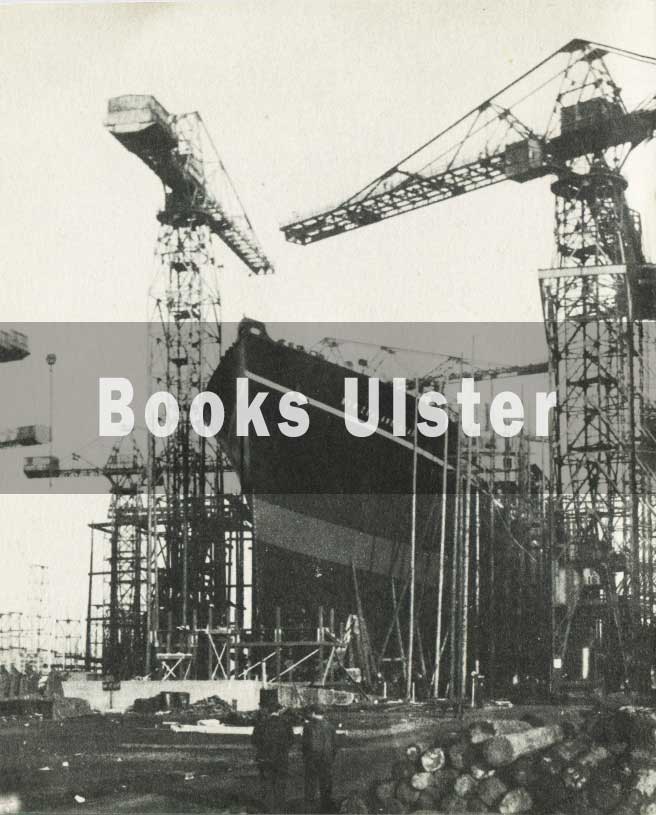Pocket Guide to Northern Ireland - Government
| Source: | A Pocket Guide to Northern Ireland [.mobi (Kindle), .epub (iPad, etc.)] |
| Author: | War and Navy Departments, Washington, D.C. |
| Date: | 1943 |
TO UNDERSTAND why there are two governments in Ireland—Ulster in the north and Eire in the south—it is necessary to know a little about Irish history.
Irish history is endlessly complicated. Originally invaded and populated by the Celts (pronounced “Kelts”), from the French coast, whose Gaelic language and ancient legends still survive, Ireland was engaged for a thousand years in a struggle against English domination. After England broke with the Church of Rome in the first half of the fifteenth century,[2] many of the Irish refused to forego their Catholicism, and subsequent wars took on the character of religious struggles.

The shipbuilding yards of Belfast are among the very largest in the world. Before the war, when this picture was taken, giant liners, including the ill-fated Titanic, were launched here. Now the yards are busy day and night building ships of war.
Present-day Northern Ireland was once part of the ancient Kingdom of Ulster, and it remained the last stronghold of Celtic rule until the seventeenth century, when after a long war with the English most of the Celtic inhabitants were driven out or went into hiding in the wild hills.
Their confiscated lands were given over to large numbers of Scotch Presbyterians and Protestant English settlers. At the celebrated Battle of the Boyne, July 12, 1690,[3] the last Catholic King of England, James II, was defeated by the Protestant King, William of Orange, and Northern Ireland became a seat of British and Protestant rule. Many of the Protestant Irishmen of Ulster today are descendants of those early Scotch and English settlers.
When the Irish Free State was created by the British Parliament in 1922, the majority of Ulstermen wanted to retain the union with Britain. Hence they were called Unionists. Out of respect for their wishes Parliament separated the six northern counties from the Free State and gave them a separate government. The Free State later changed its name to Eire and considers itself virtually independent—so independent that it is not at war with Germany.
Northern Ireland has its own Parliament, made up of a Senate and a House of Commons. The Governor (the Duke of Abercorn has held this post since 1922) represents the King. The Prime Minister stays in power only so long as he has majority support in the Ulster Parliament.
Northern Ireland, although it has its own Parliament, sends 13 members to the House of Commons in London, just as Iowa or Indiana—which have their own legislatures—send Congressmen to Washington.
| Contents: | Contents |
| Previous: | The Country |
| Next: | Eire Border Problems |
Yanks: British Views on America during the Second World War
This book comprises a selection of articles from the (British) Army Bureau of Current Affairs' WAR and CURRENT AFFAIRS pamphlets, all relating to America and, more particularly, to the relationship between the British and Americans during the Second World War.
"Our enemies are trying to make trouble between the British and the Americans during the war; they are certain to try it after they have been defeated, in the hope of escaping once more from the consequences of their crimes against humanity. It is our business to understand and work with the United States now and in peace-time; that means for us all at least to like and understand the Americans we meet."
ISBN: 978-1910375518

